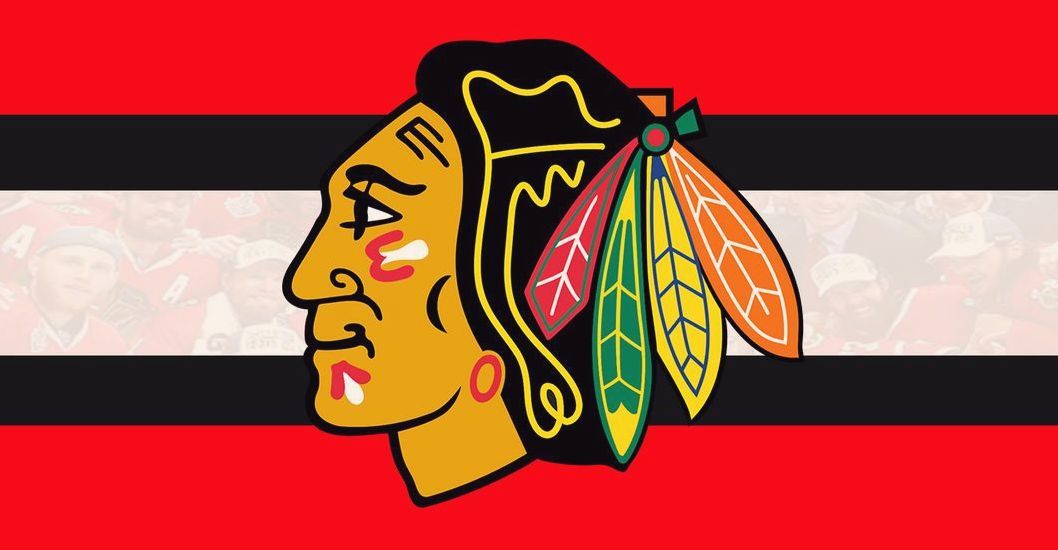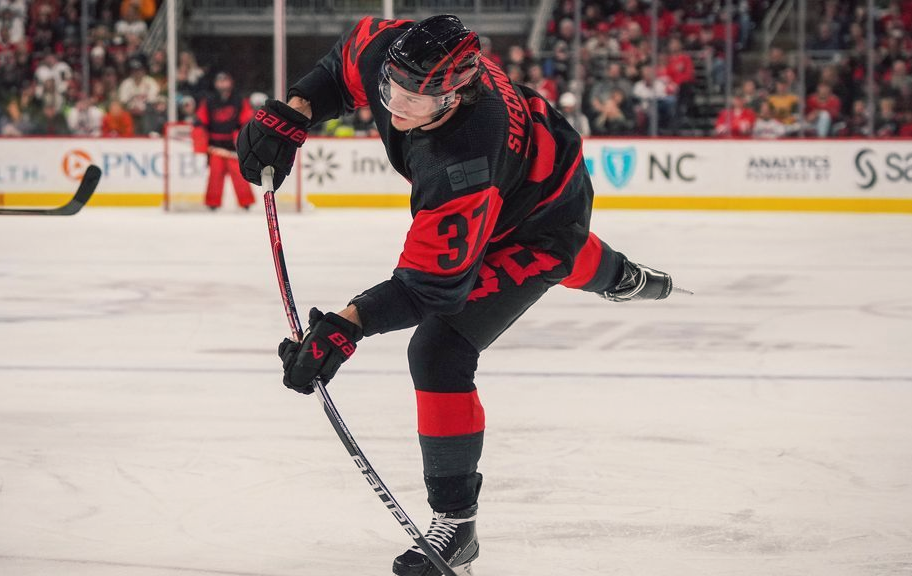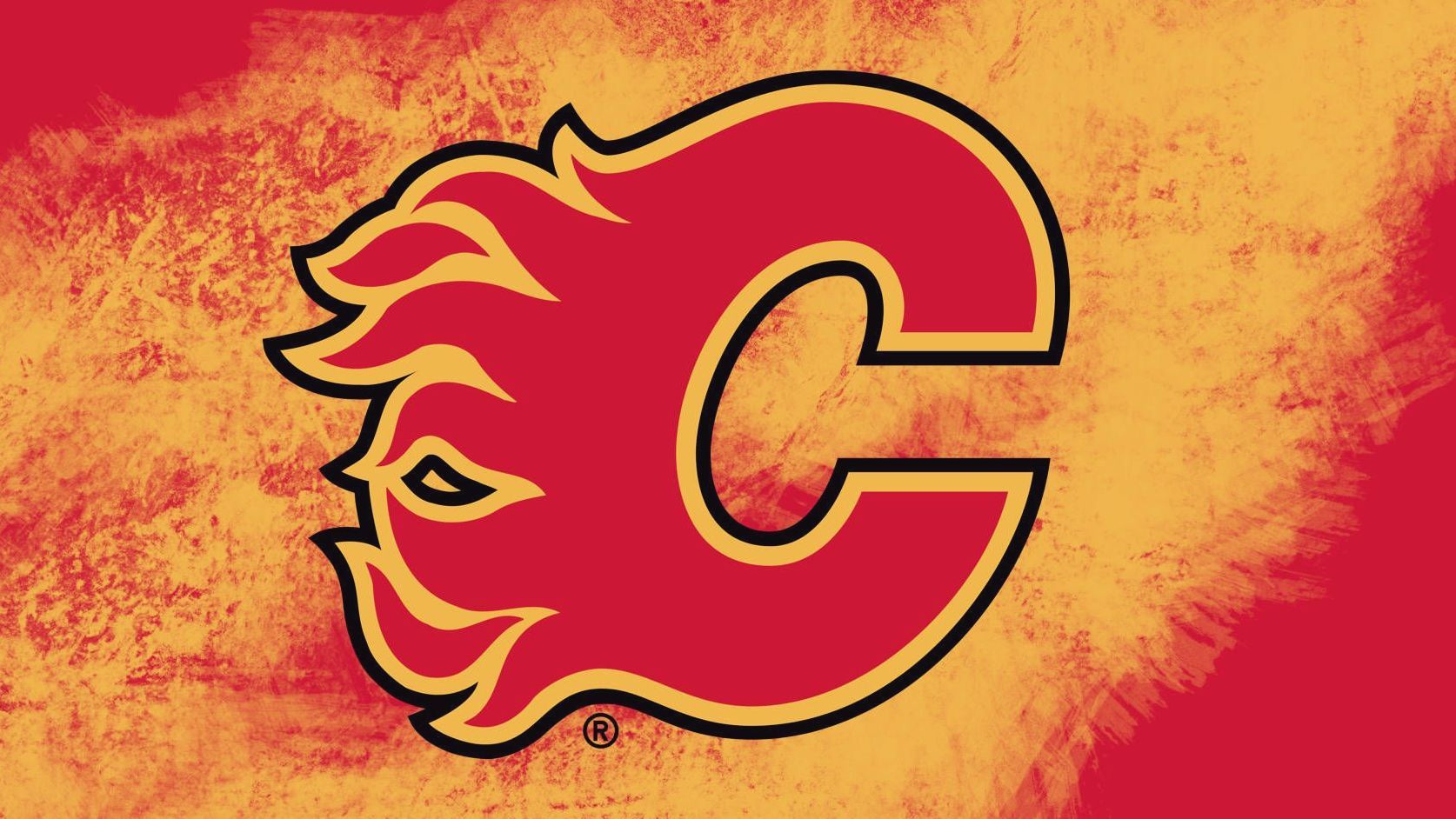Biggest Preseason Question: Columbus Blue Jackets
How Much Better Is The Defense?
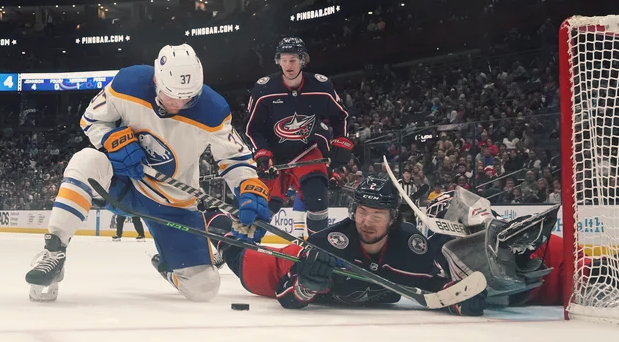
With questions surrounding nearly every aspect of this team, it was hard to pick just one for this article. After the unexpected signing of superstar winger Johnny Gaudreau prior to last season, expectations were soaring in Columbus, but the team fell flat on its face from the opening puck drop and finished 31st in the NHL. Poor coaching, sophomore slumps, porous goaltending, weakness at center ice, and an incessant plague of injuries all contributed to the team’s pathetic performance, but the biggest problem of them all was the season-long circus act in the Jackets’ defensive zone.
Head coach Brad Larsen opened up the offense in 2021-22, his first season behind the bench. It was a rebuilding year, and he wanted to boost the confidence of their young scorers by letting them run wild, but this came at the cost of the sturdy defensive structure implemented by previous bench boss John Tortorella. Last season, reinstating some of that structure was a major point of focus for Larsen, but he failed miserably and his players routinely looked completely lost in their own end of the ice. To make matters worse, many defensemen suffered major injuries that forced depth pieces to play heavier minutes and prospects to be called up to learn on the fly. The biggest of these losses came only 13 games into the season when a labrum tear ended the year for Zach Werenski, the only true top 4 blueliner on the roster.
The following months saw Columbus hemorrhage goals to nearly every team they played, resulting in a season total of 329 that was only 6 behind Anaheim for highest in the league. Many blamed shaky goaltending for these results, and it’s true that starting netminder Elvis Merzlikins needs to be better, but the chances he was facing on a nightly basis were enough to tank the stats of any goalie in the league. This can be seen in the Jackets’ XG numbers, as their expected goals against metrics at 5-on-5 were also second highest in the league (again, trailing only the tanking Ducks).
A healthy Werenski should help reduce these numbers, as the 26 year old star excels at moving the puck out of his zone with control. His loss was felt all over the ice: his offensive instincts are a fixture on the power play, his quick reads and solid stick work make him a productive penalty killer, and his mobility and creativity drive play in all three zones at even strength. He’s also taken on a leadership role as one of the longest tenured Blue Jackets despite his youth.
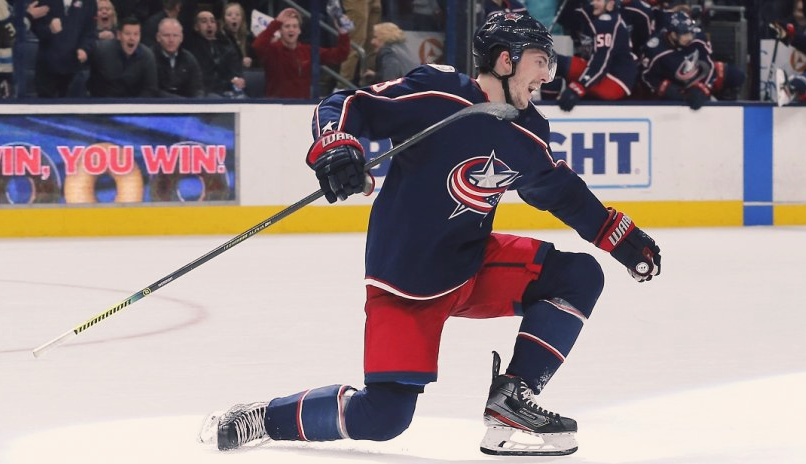
To supplement the return of Werenski, GM Jarmo Kekalainen brought in two proven guys to solidify a top 4 that was held together with duct tape and bubble gum last season. Ivan Provorov was drafted one pick ahead of Werenski, and the sturdy Russian established himself as a two-way tank for the Flyers while playing alongside veteran Matt Niskanen. After Niskanen retired, Provorov struggled to find chemistry with anyone on a roster that was well overdue for a rebuild, cratering his stats and resulting in the trade to give him a fresh start in Columbus. When he plays with a reliable partner Provorov can be a defensive stalwart and an offensive threat, but the Jackets had no obvious match for him on the right side when he arrived which concerned me when the move was made.
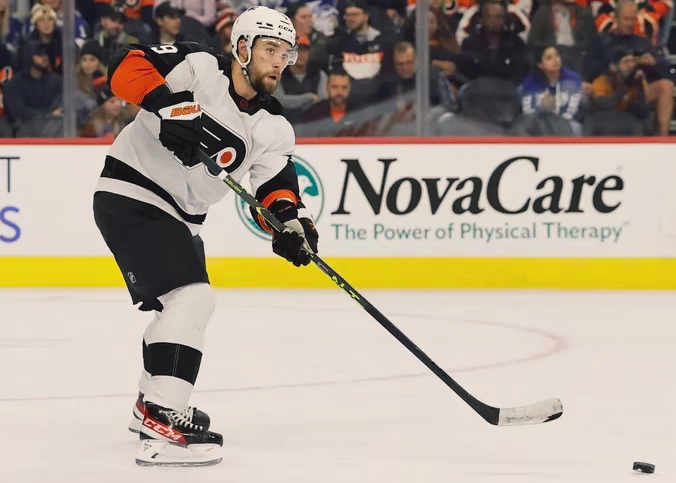
Kekalainen must have felt the same way, because he promptly plugged that hole with a sign-and-trade deal for Damon Severson, an analytics darling who had been relied upon for years to stabilize New Jersey’s D-corps. He’s the perfect partner for Provorov, an intelligent puck mover who can read plays and take away space before retrieving the puck and safely transporting it out of harm’s way. He doesn’t pile up points, but he’s positionally sound and makes life easy for his partner.
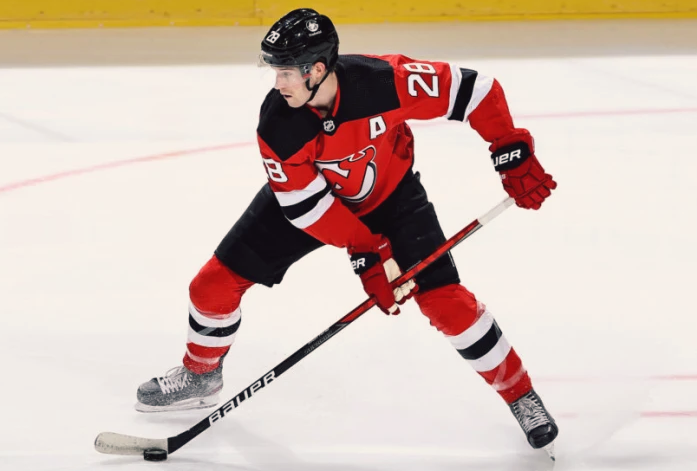
The rest of the D corps should benefit from these additions by slotting back down to where they belong. Erik Gudbranson is a behemoth on the bottom pair, and while he’s grossly overpaid at $4 million per season, he’s effective in a limited role. He was asked to do way too much last season and should look much better this year in limited minutes. Adam Boqvist is an offensive phenom with limited defensive ability. He dealt with his own injury woes last year, but looked dangerous when he was on the ice. He’s the ideal guy to feed off Werenski’s offensive creativity while counting on him to cover for his mistakes. Jake Bean, Nick Blankenburg, Andrew Peeke, and promising prospect David Jiricek are all in a dogfight for the final spot in the opening night lineup, and this healthy competition should give Columbus plenty of good options as they mix and match these new pieces in search of the best fit throughout the season.
The final piece to improving this puzzle is behind the bench rather than on the ice. Larsen is now gone, and after a disastrous attempt to reinstate some discipline by hiring old-school hardass Mike Babcock (there’s already been enough written about Babs’ hiring and resignation that I won’t waste your time with it here) Pascal Vincent is now tasked with getting the most out of this group. Many thought he should have been Larsen’s replacement from the start, as he’s built a reputation for communicating well with players as an assistant in Columbus and Winnipeg.
Vincent has a creative offensive mind, and while the defensive zone isn’t necessarily his forte, he’s had time to study Babcock’s systems (the only thing the maligned coach really brought to the table) and has worked on simplifying each player’s responsibilities in their own end. Even if he’s not the best defensive coach in the world, his strengths in other areas and ability to institute
some kind
of system will be a monumental upgrade from the disorganized sideshow Larsen oversaw for two seasons.
It’s hard to know what to expect from this group, and there will surely be some mistakes as players adjust to the changes, but the personnel is vastly improved, relatively healthy (for now at least) and hungry to produce. It’s not the best blue line in the league, but it’s going to be a hell of a lot better than it was last year.

